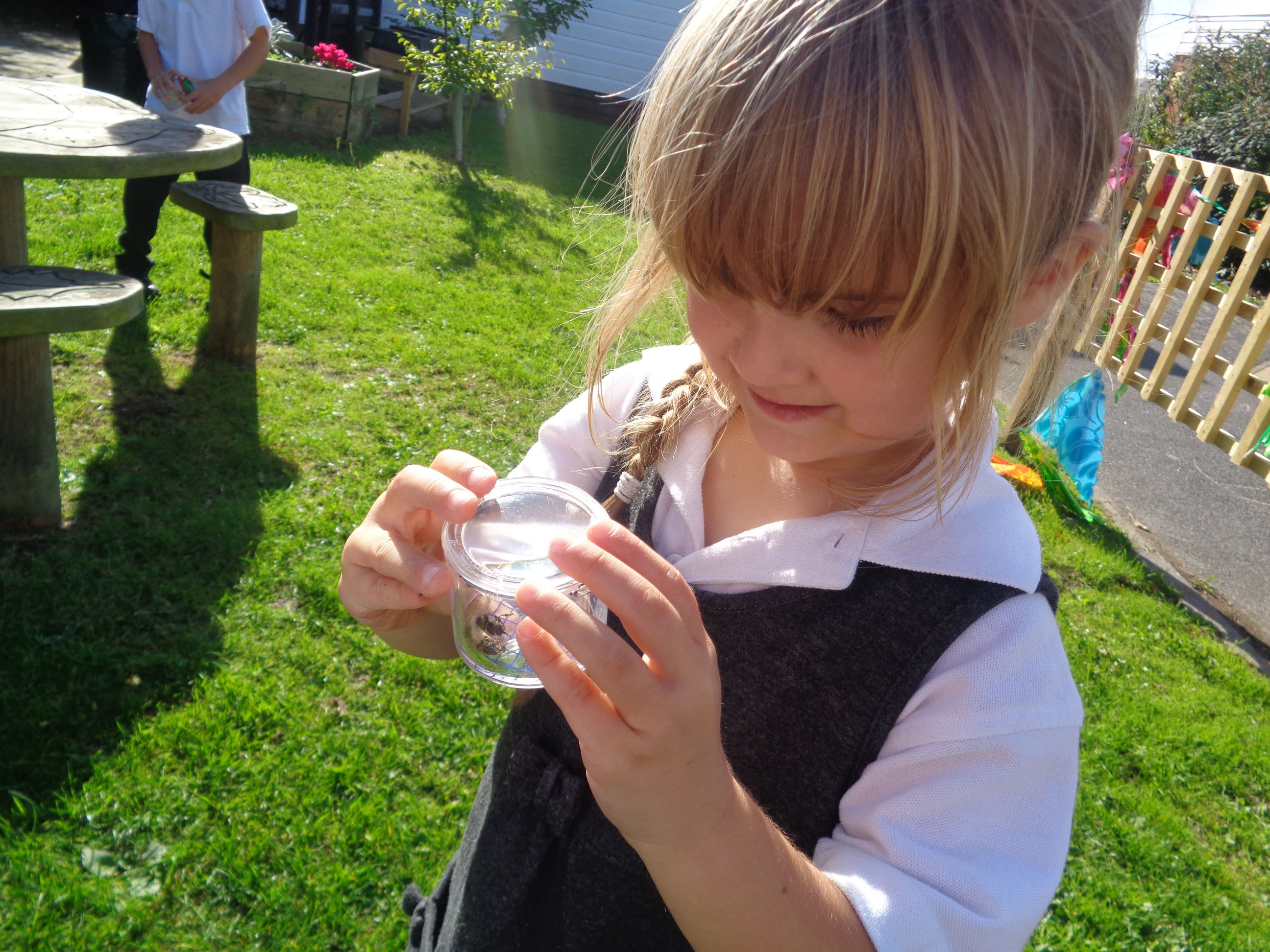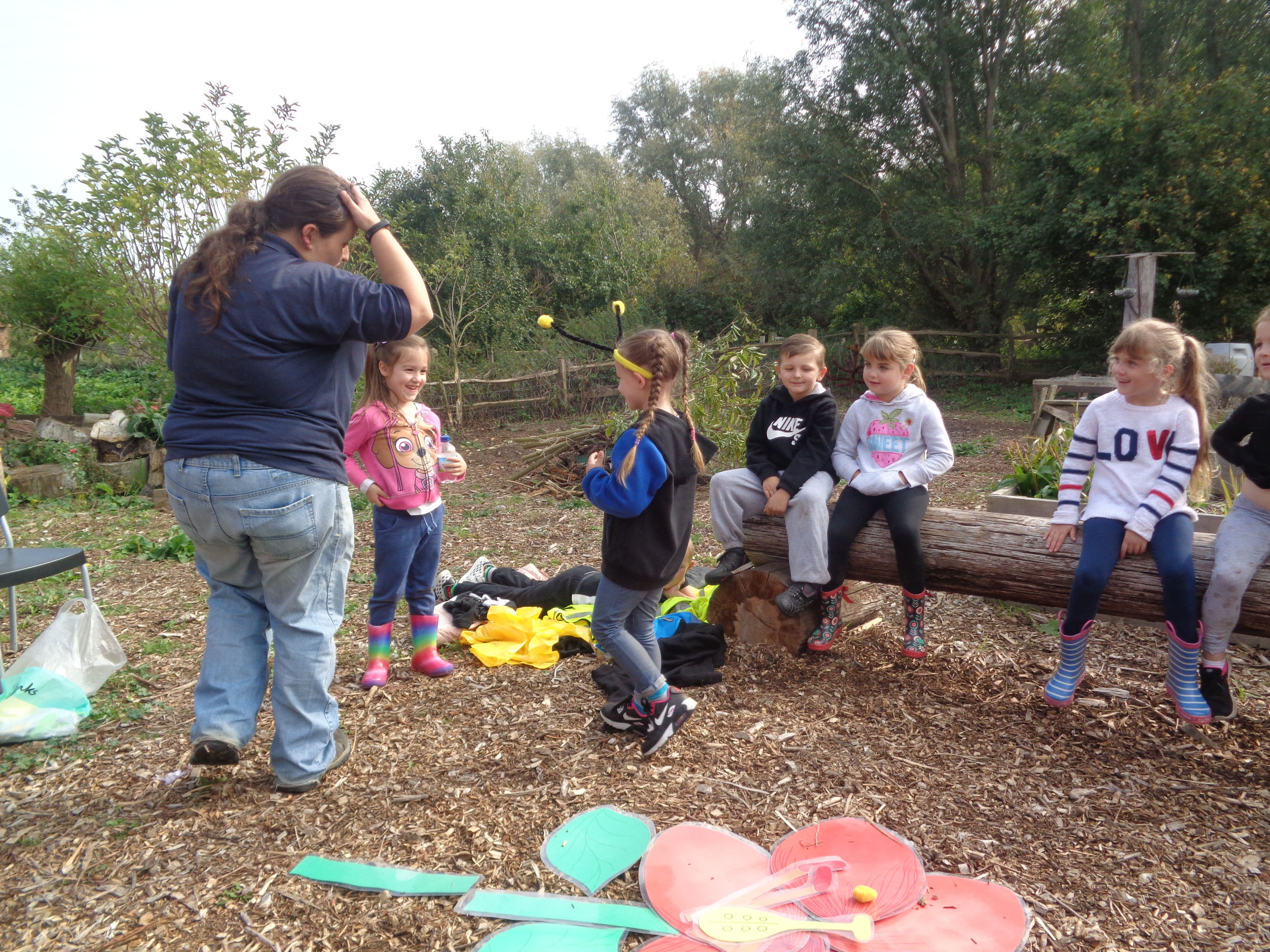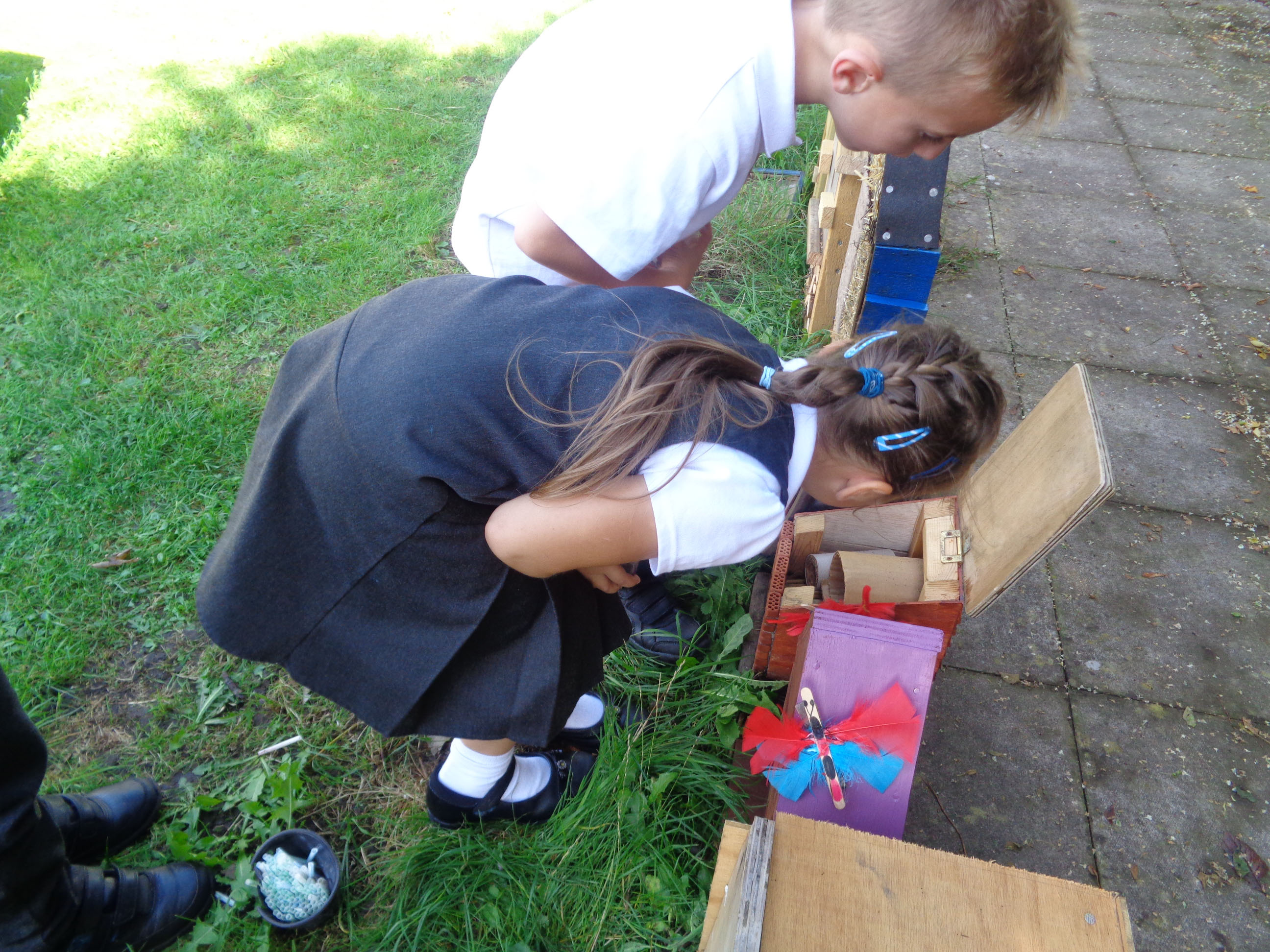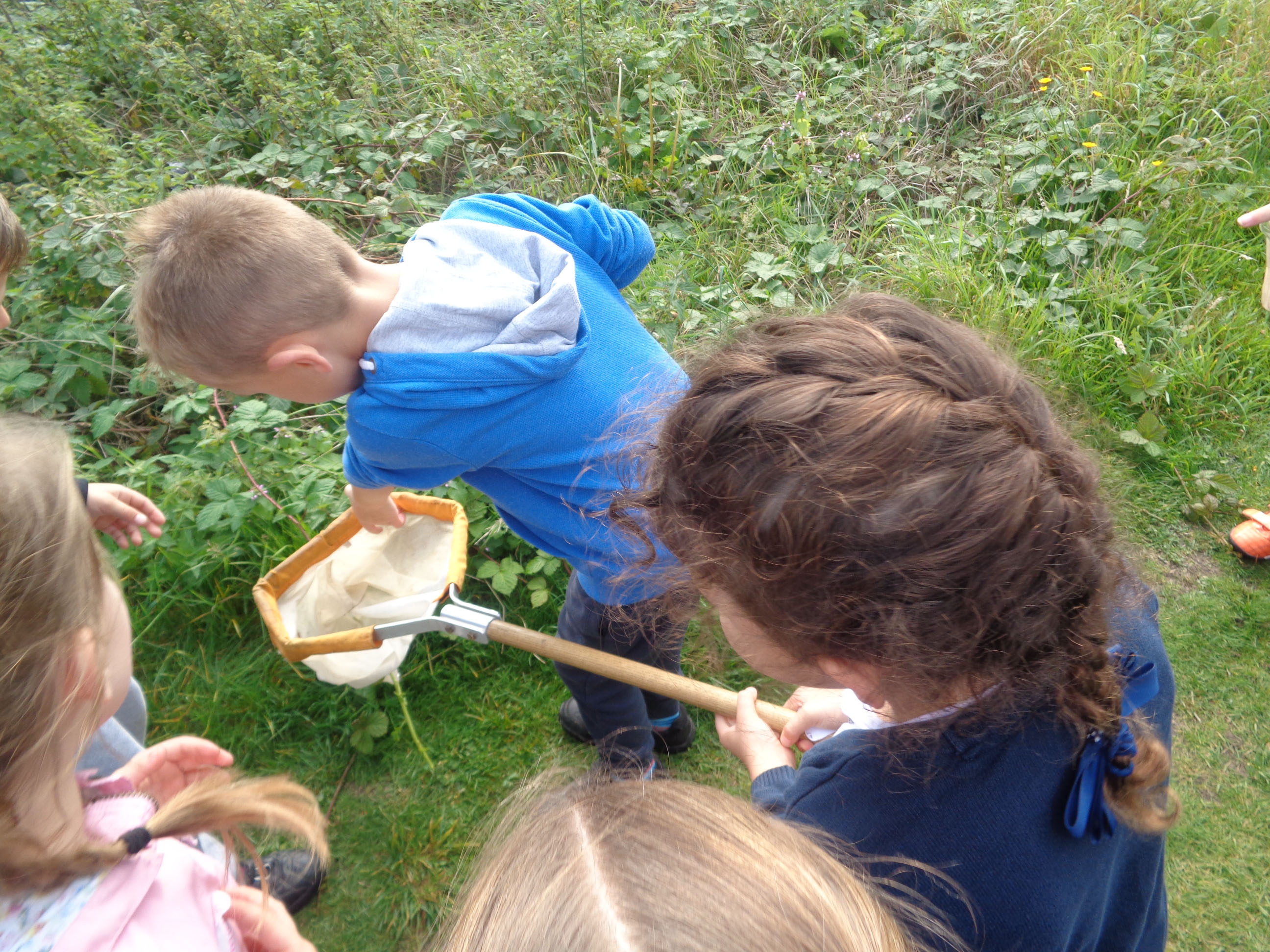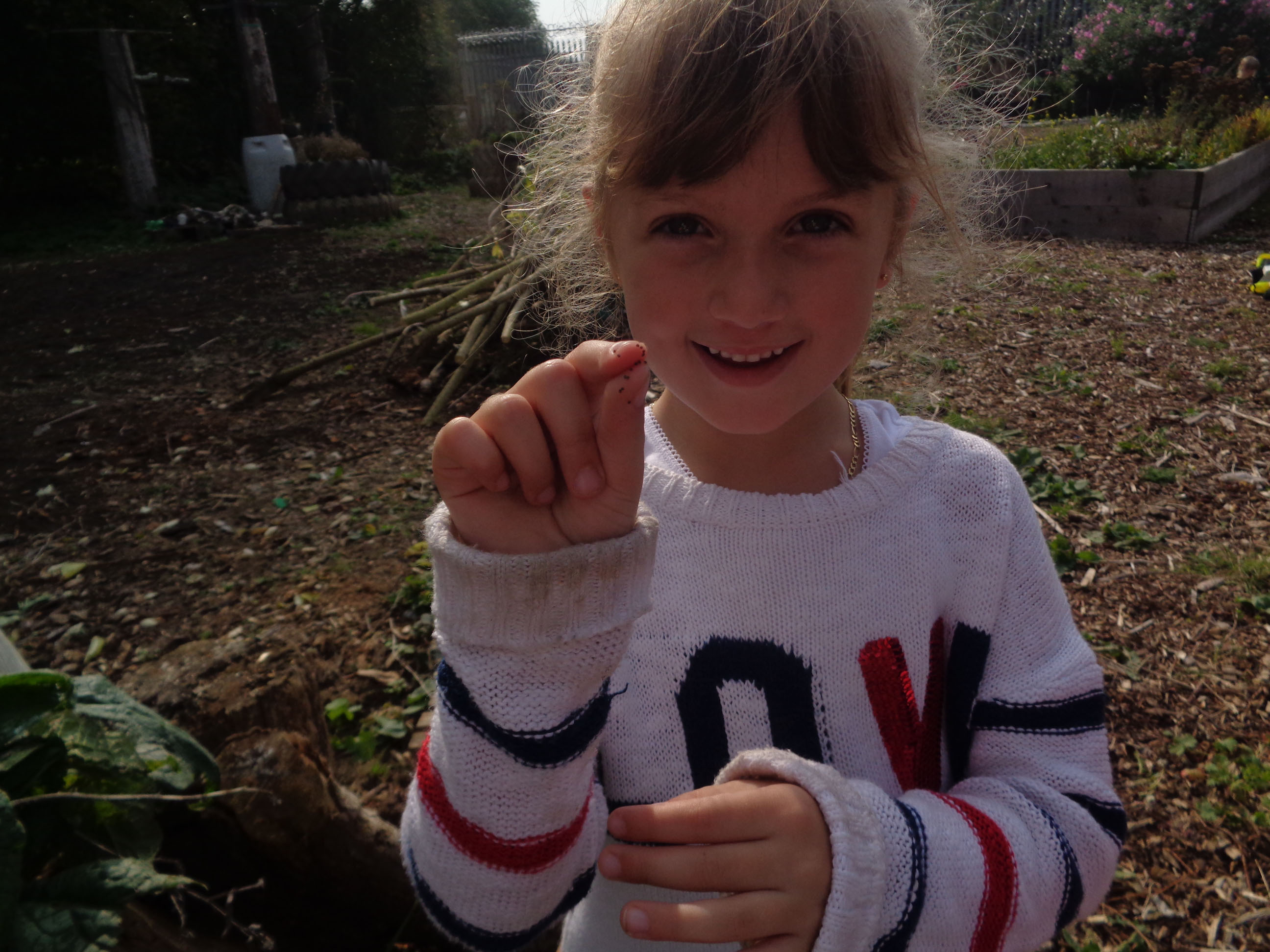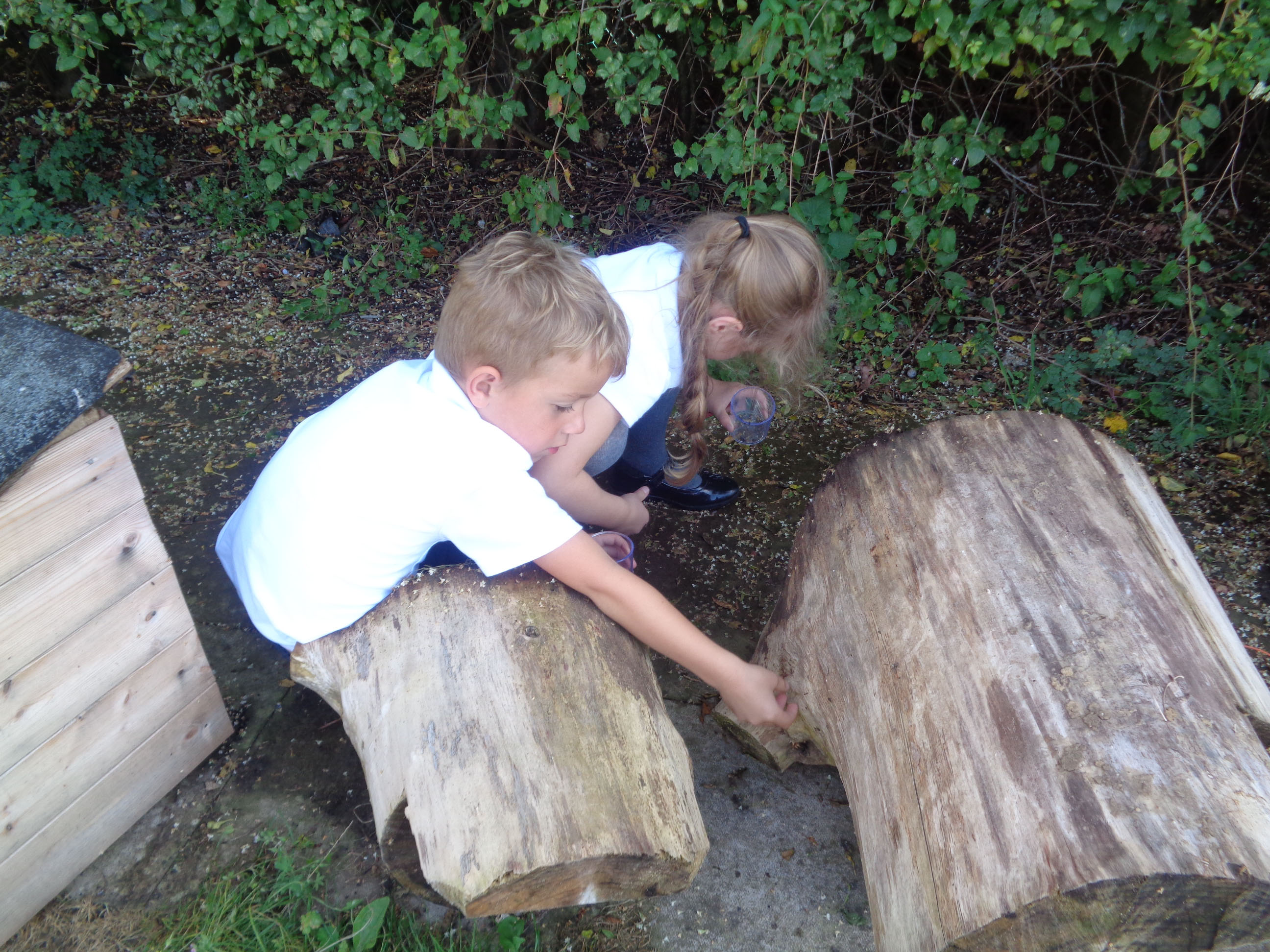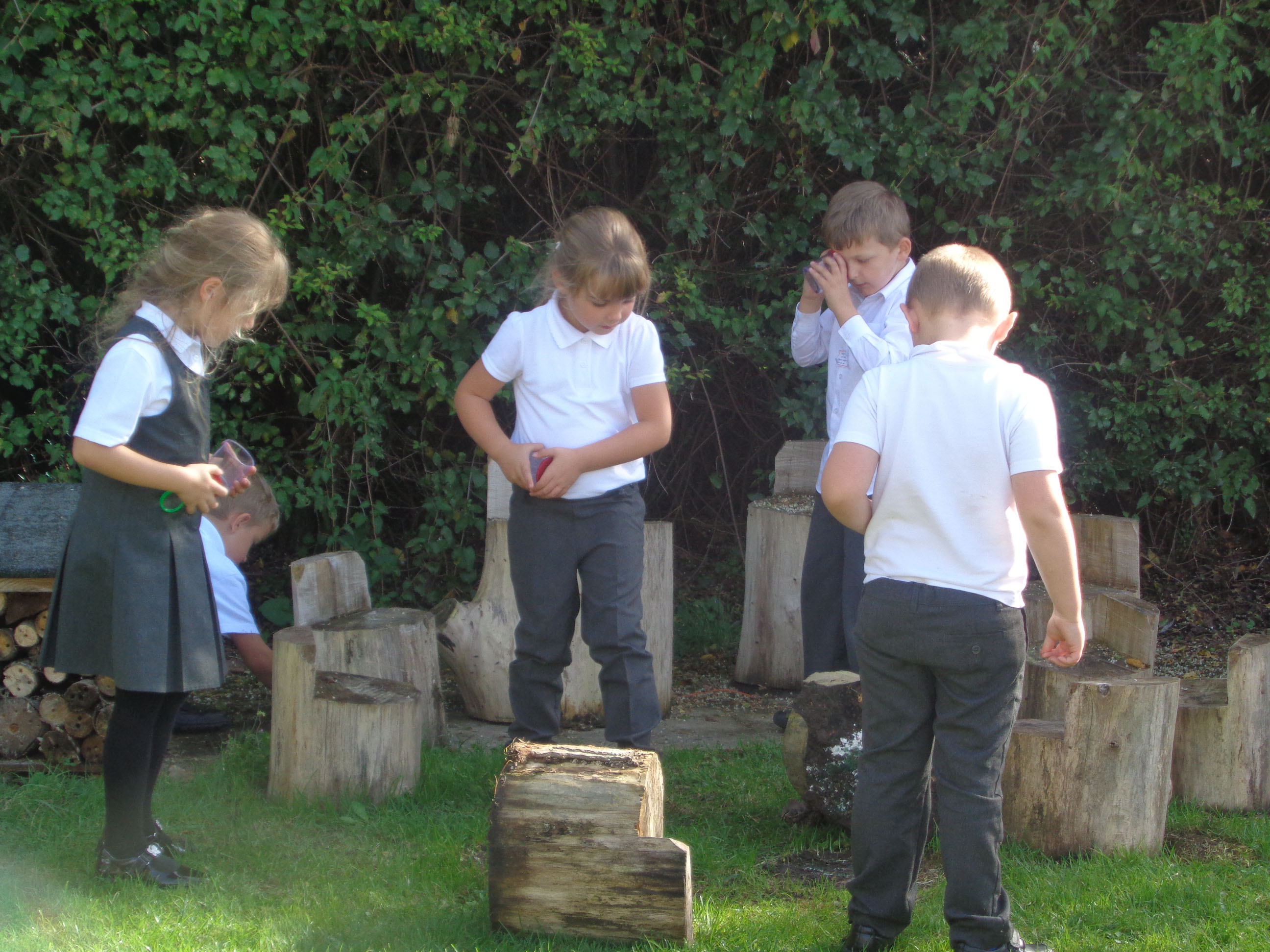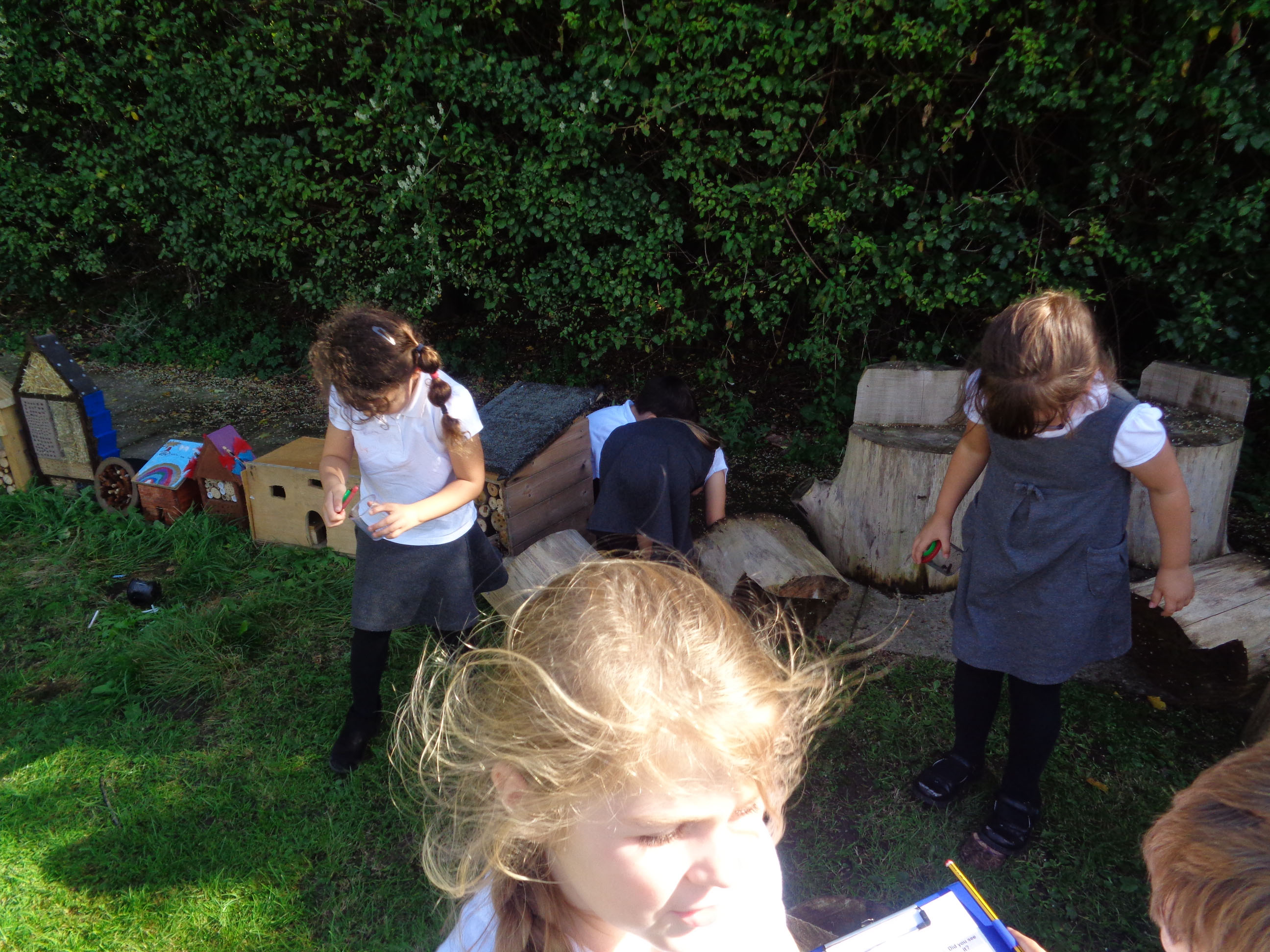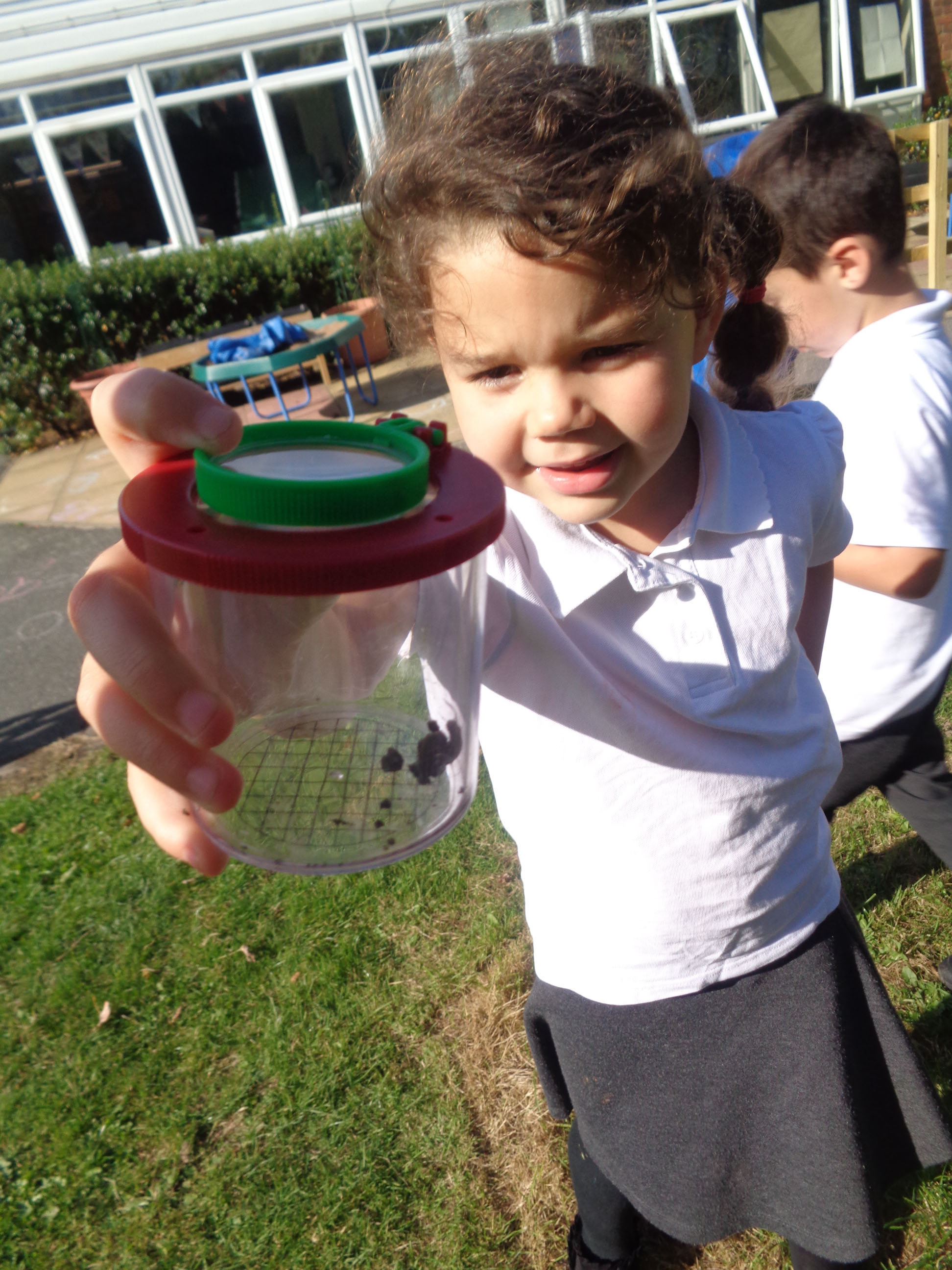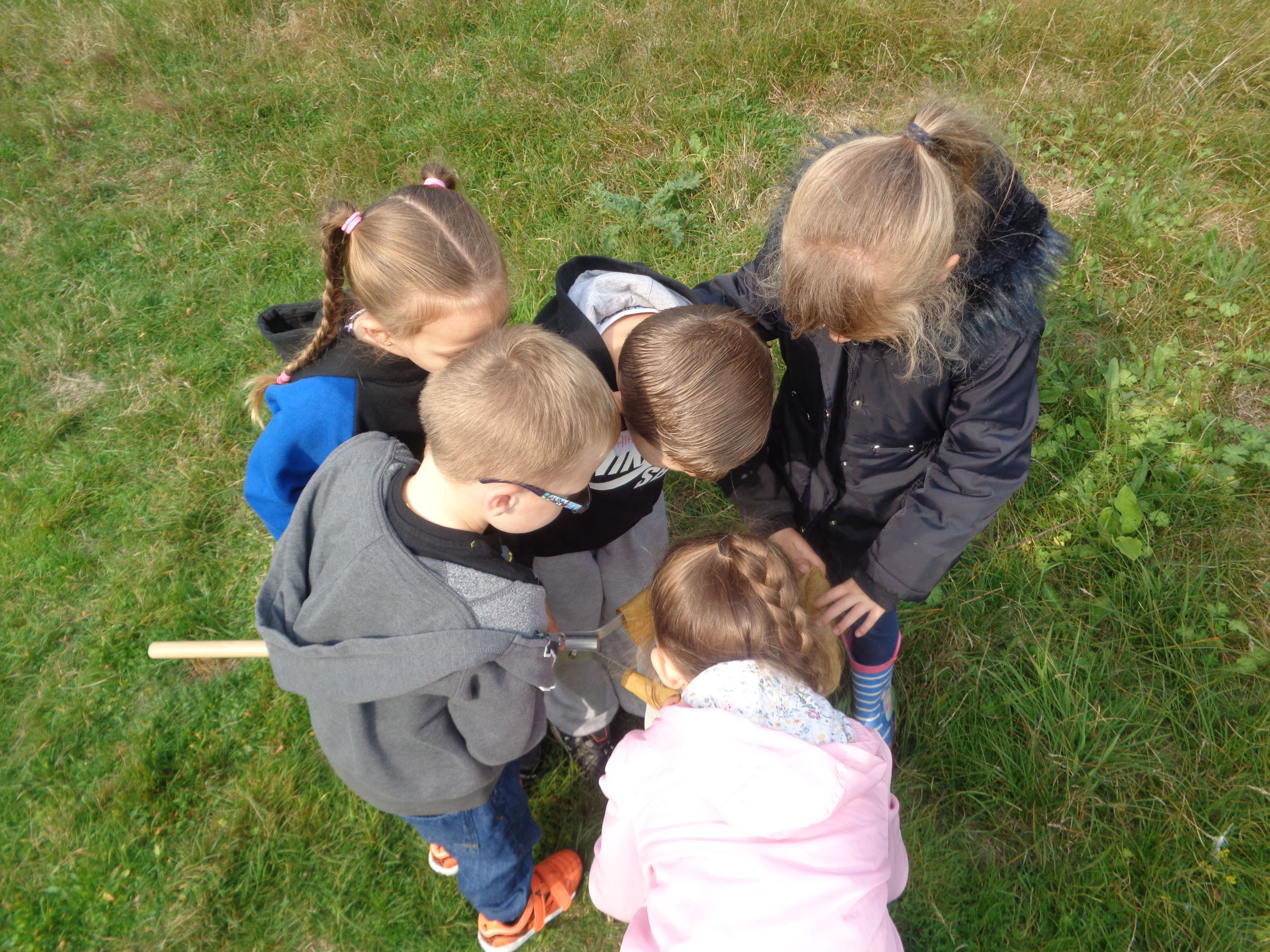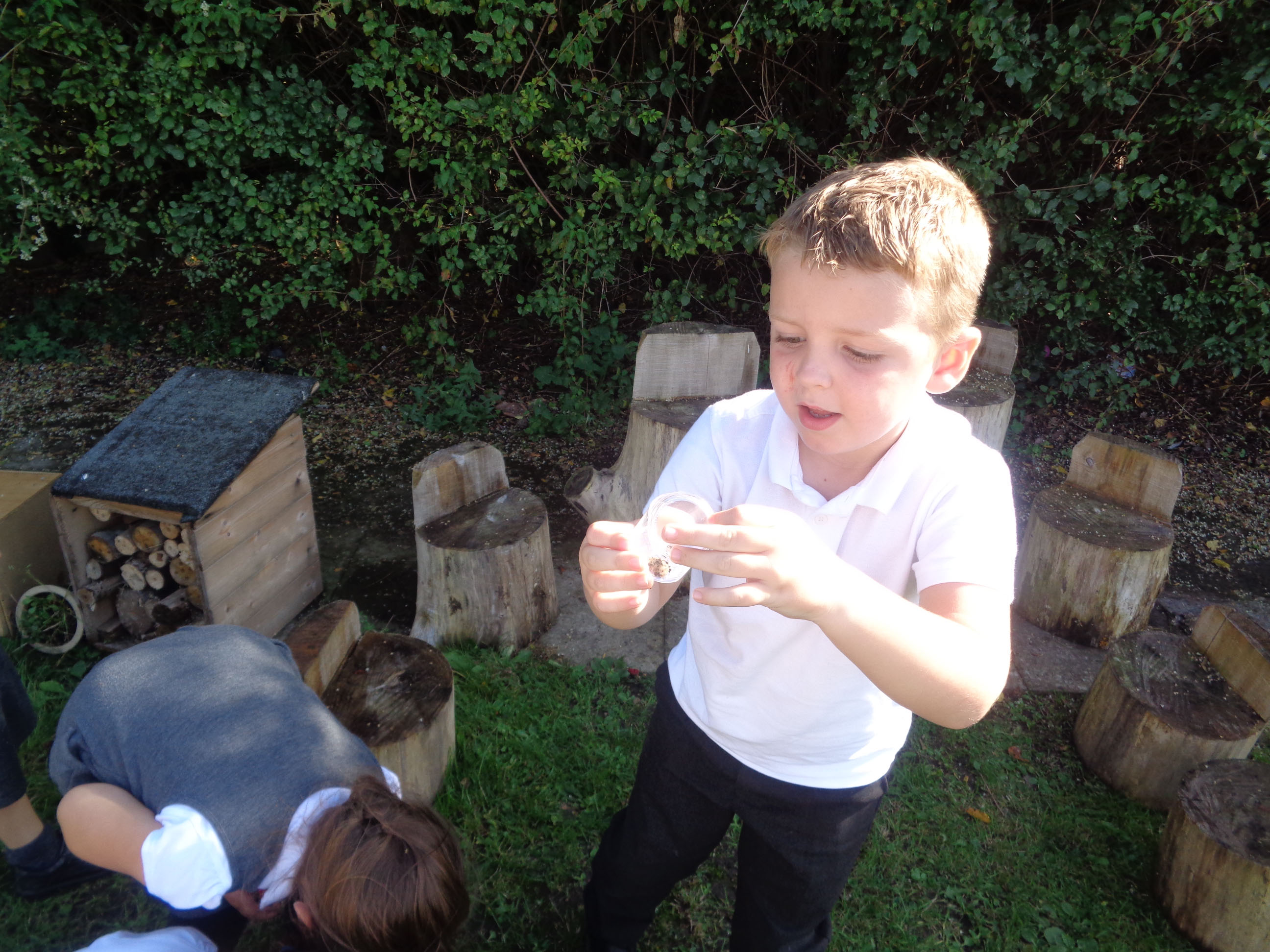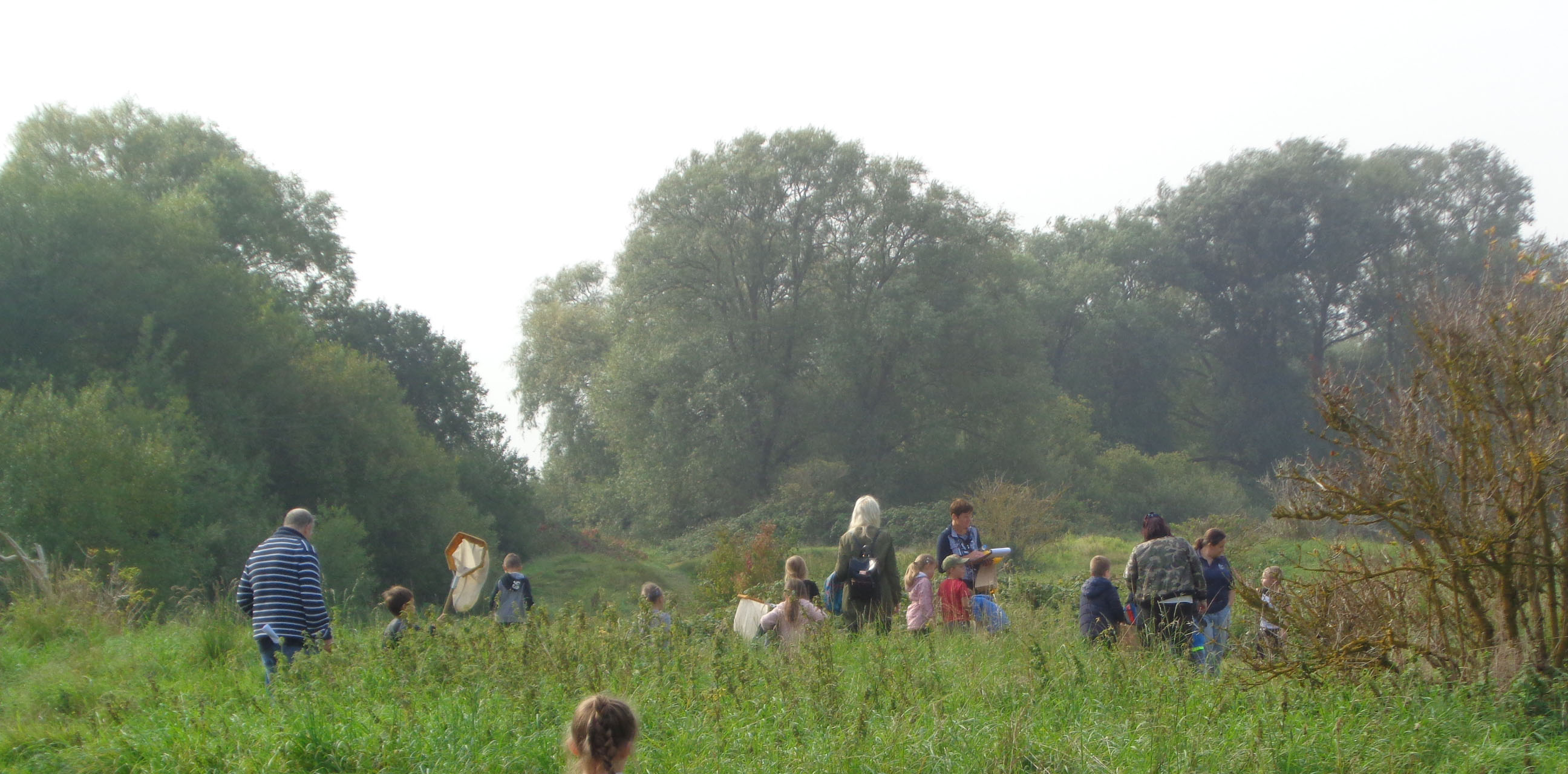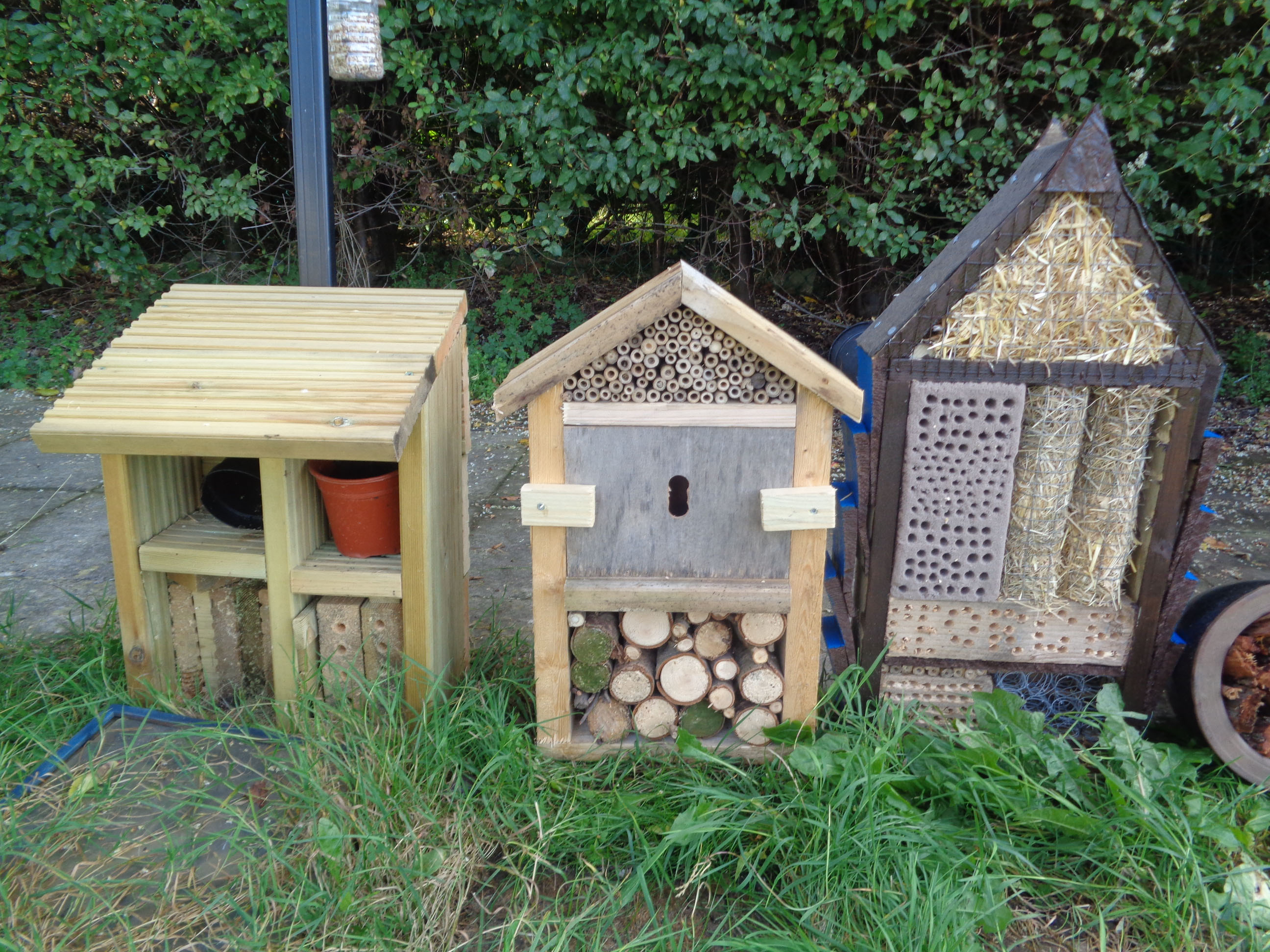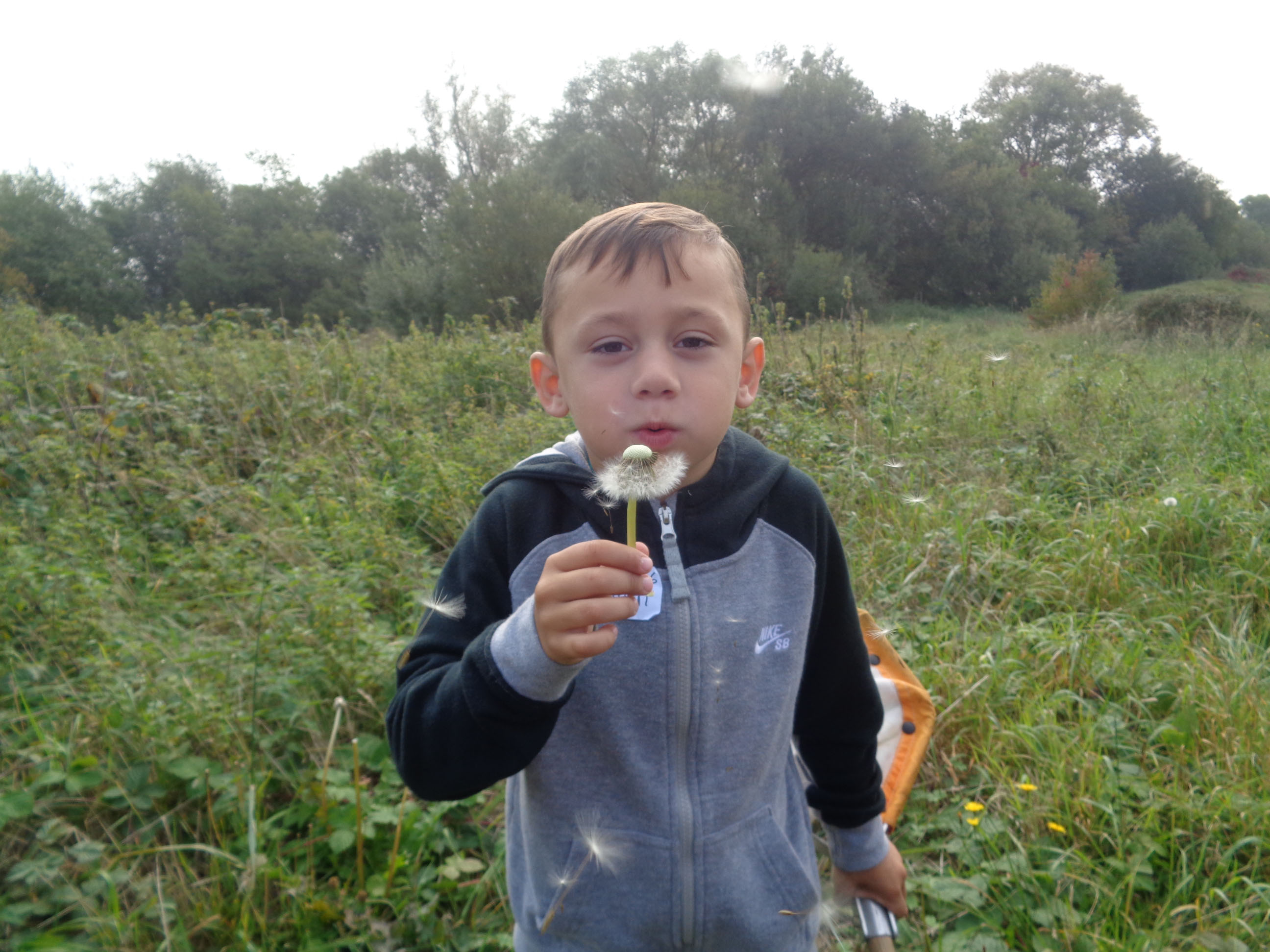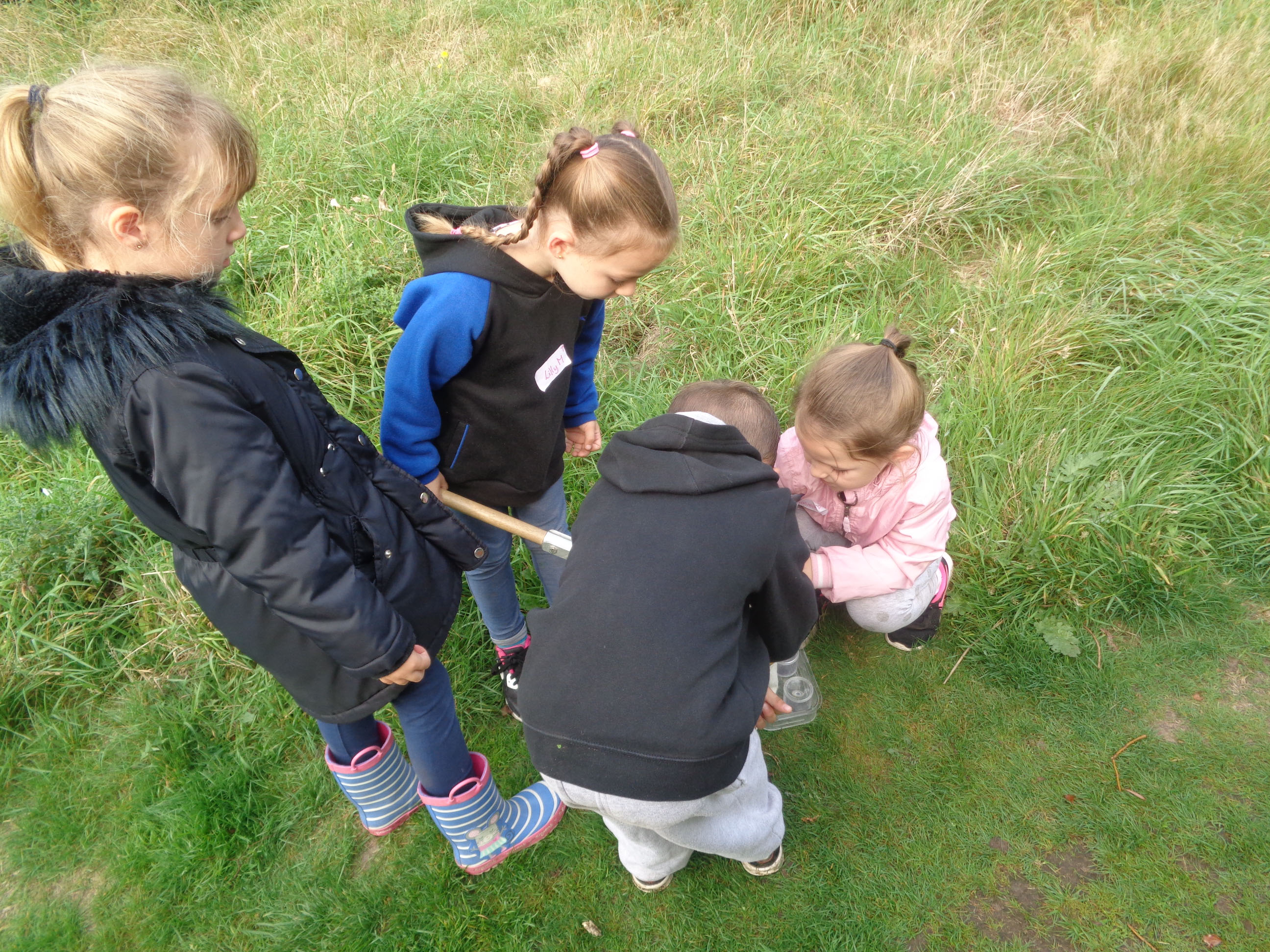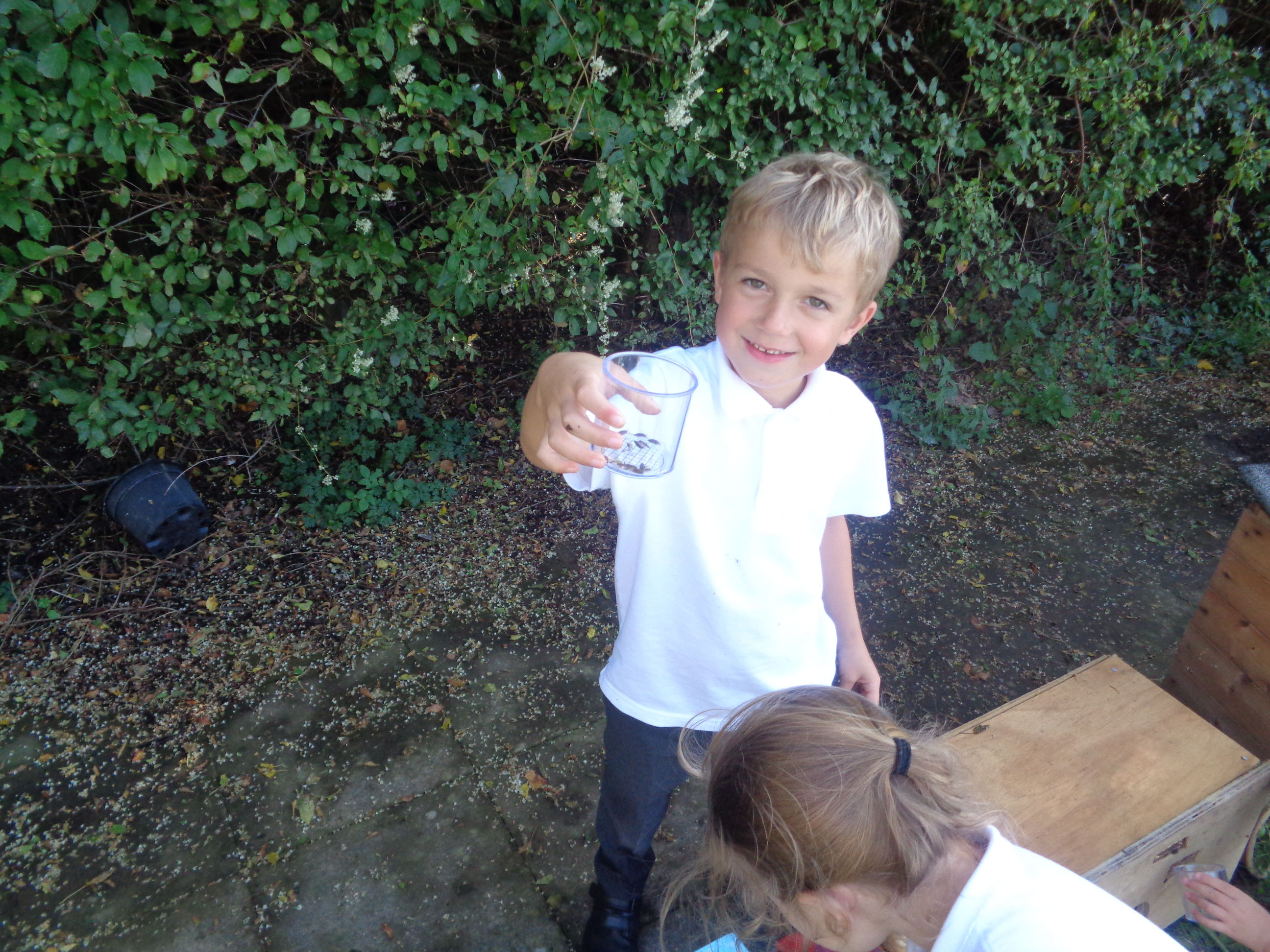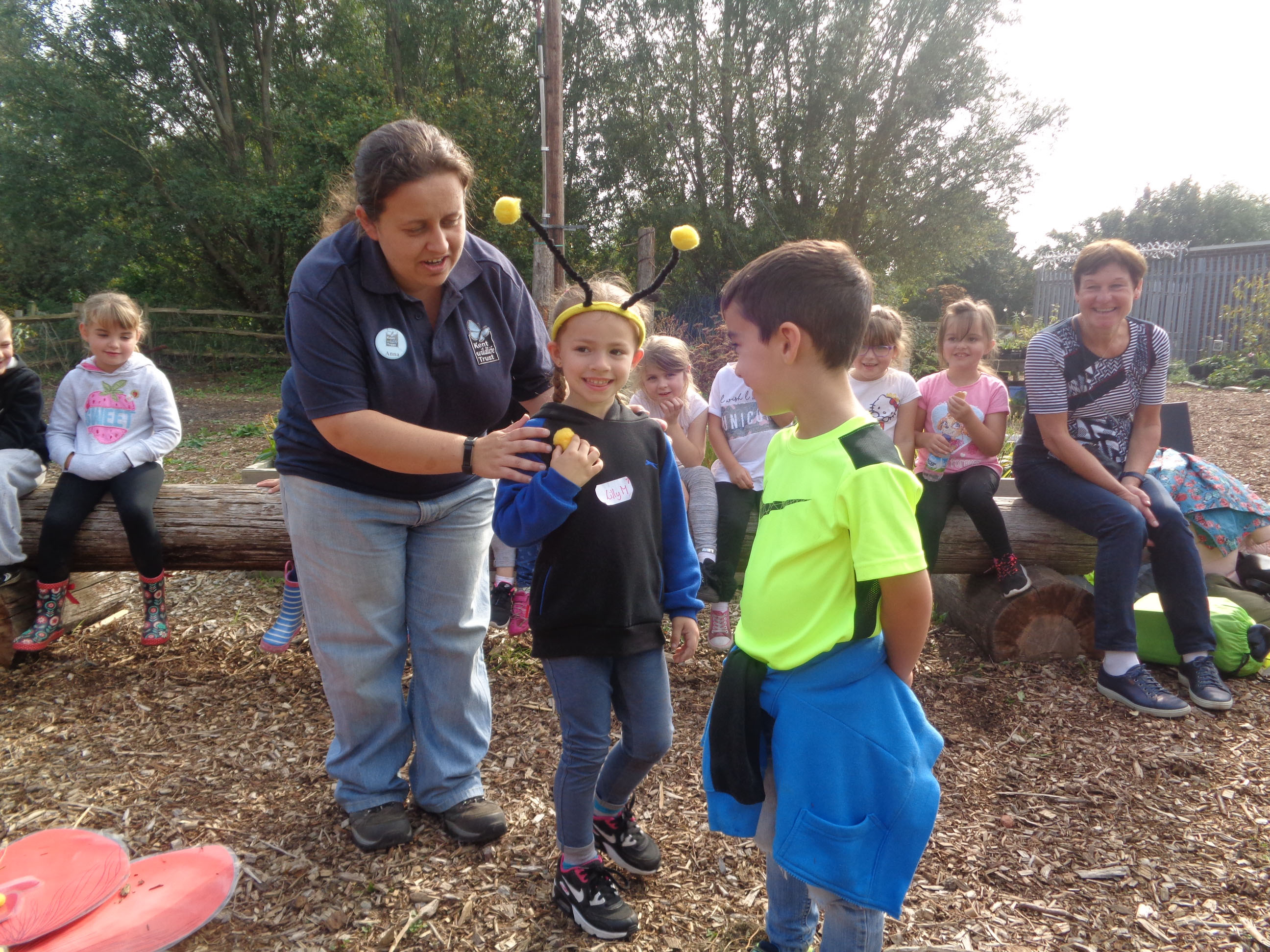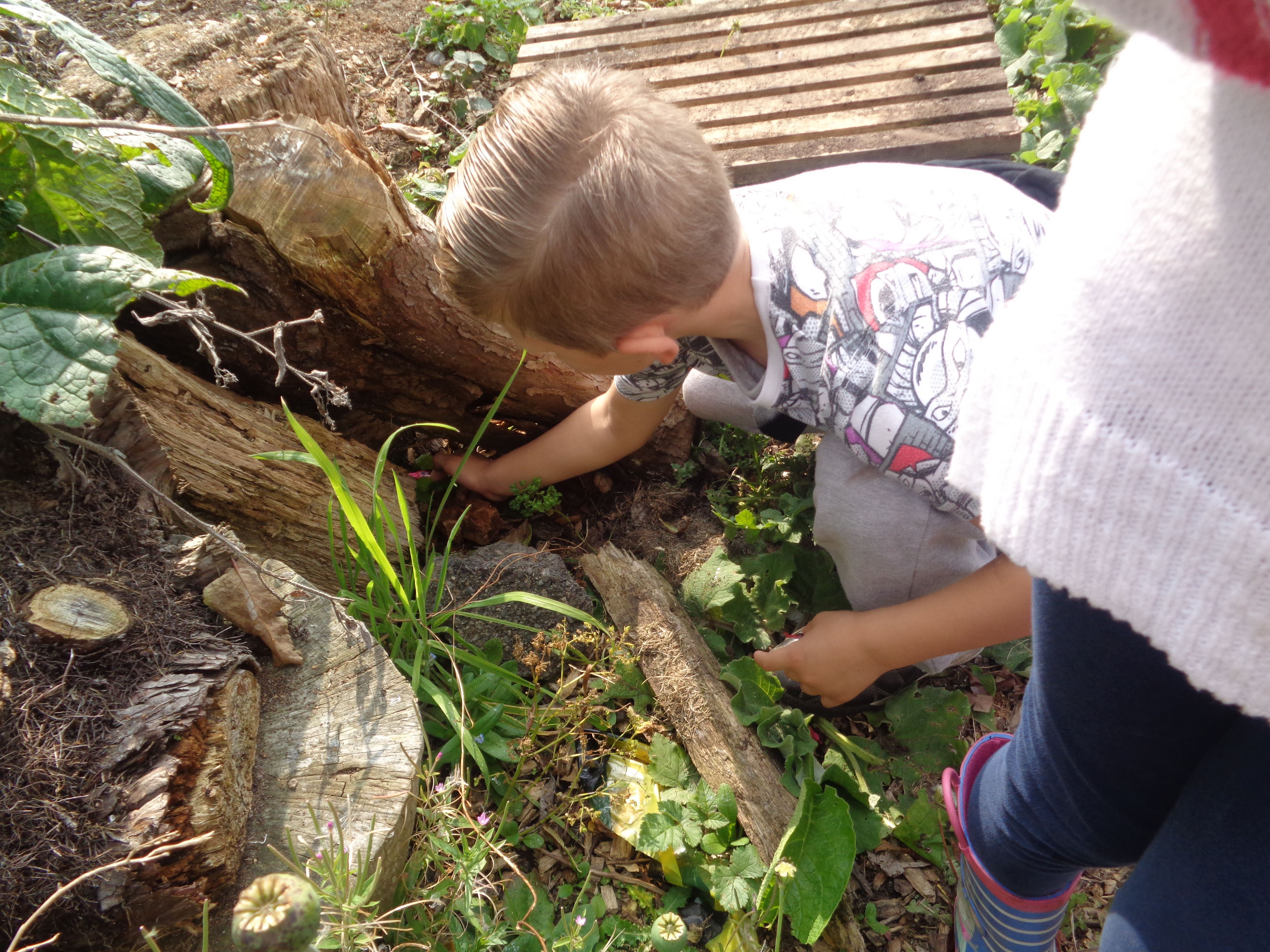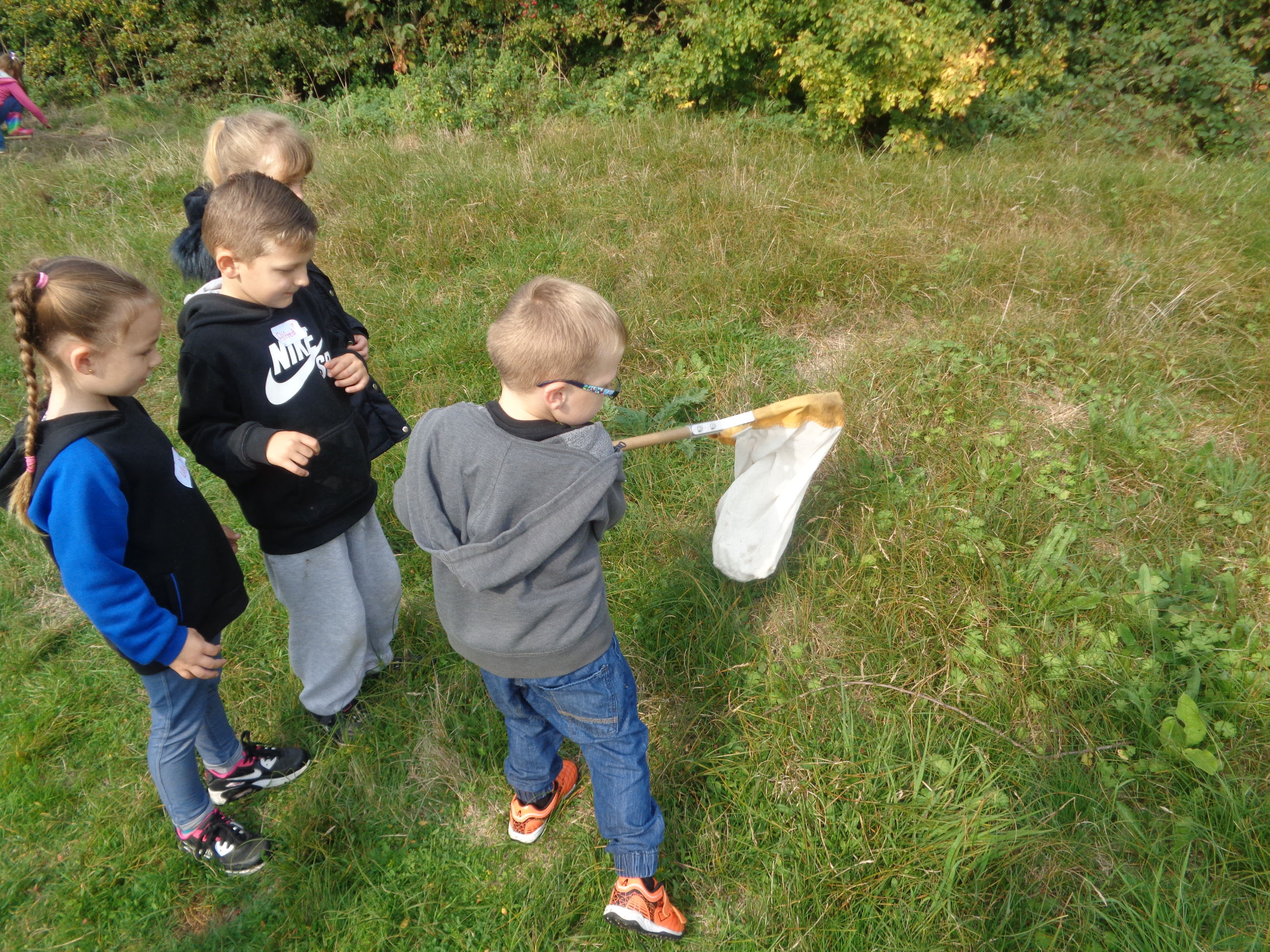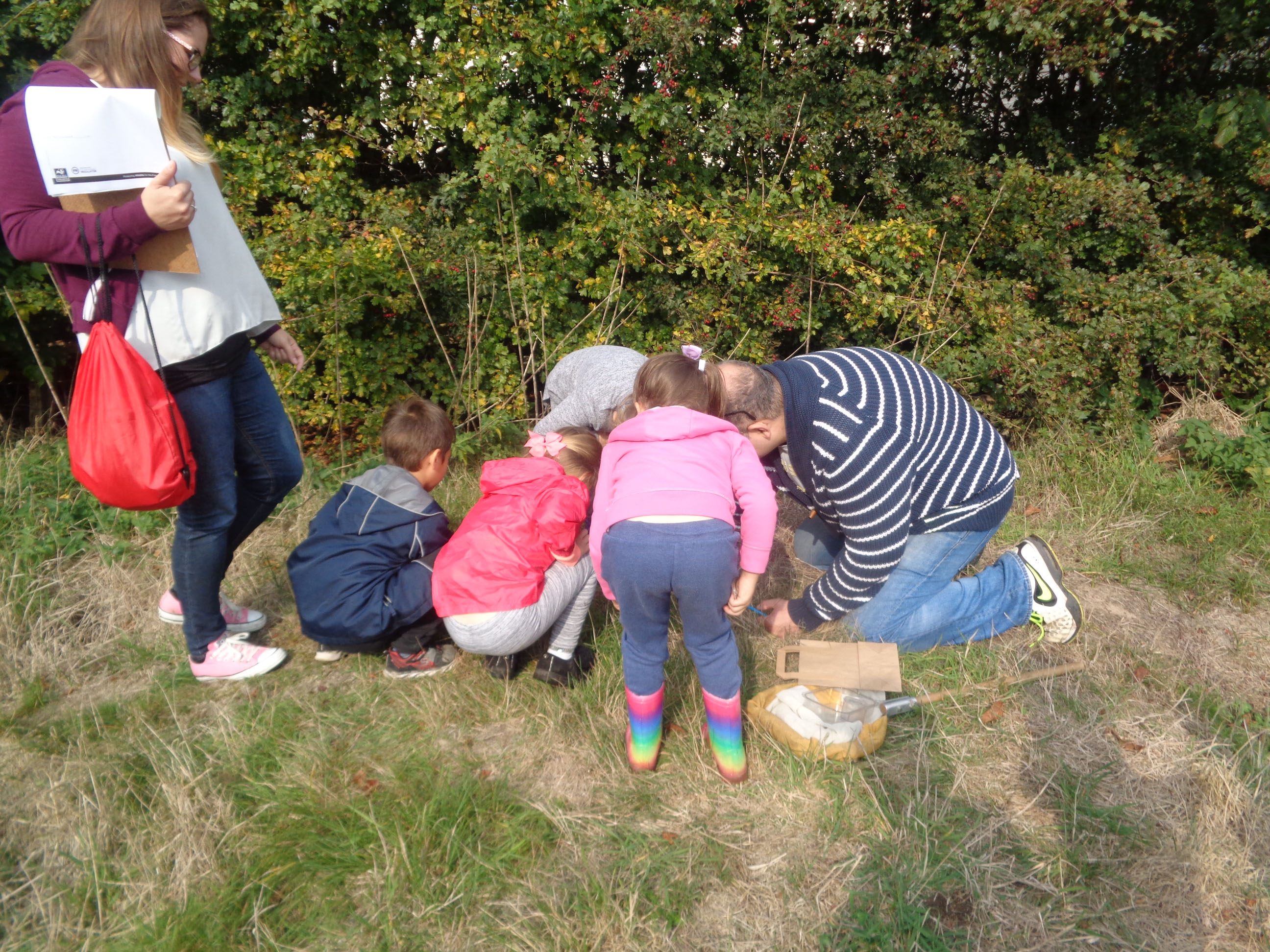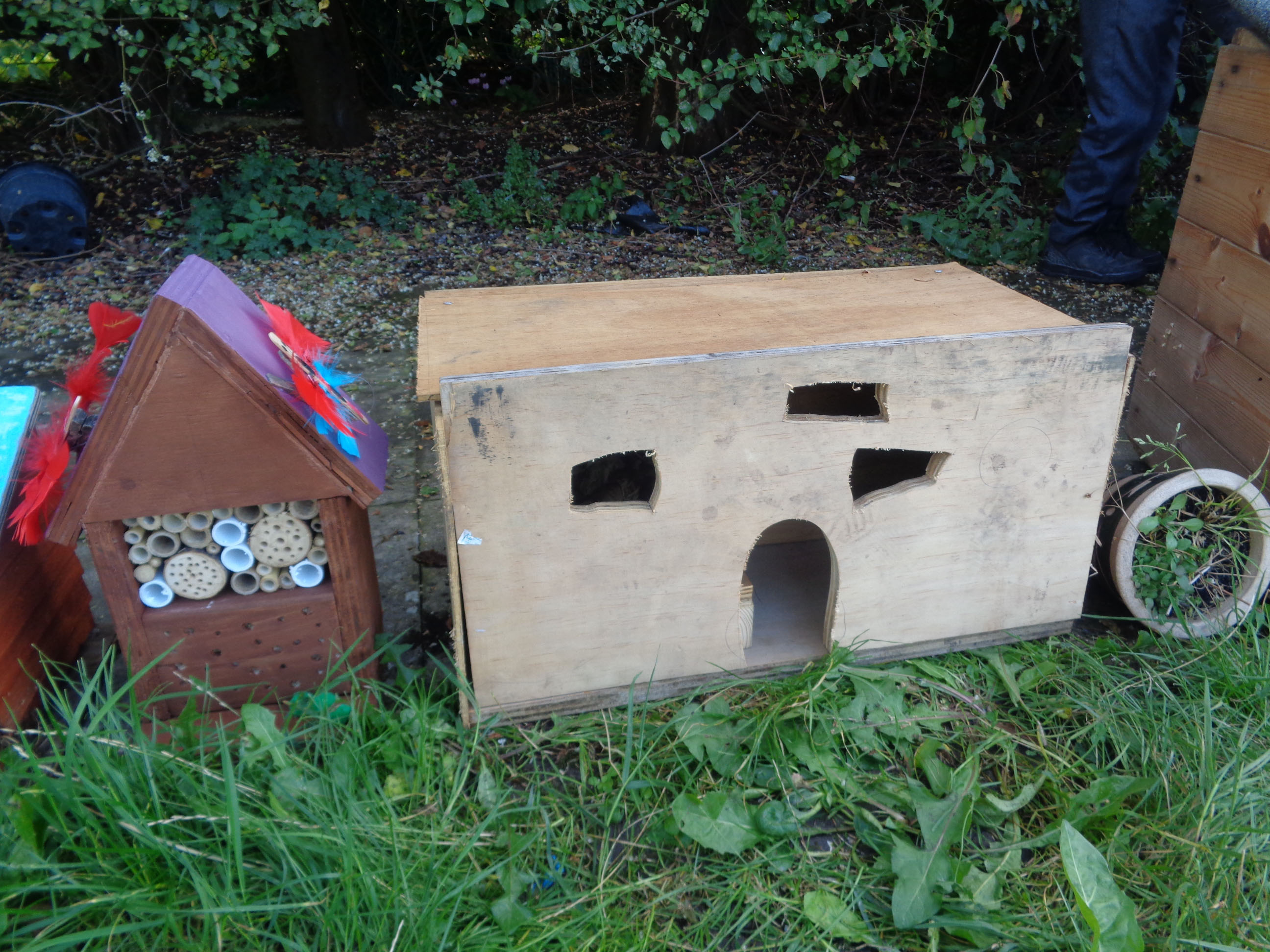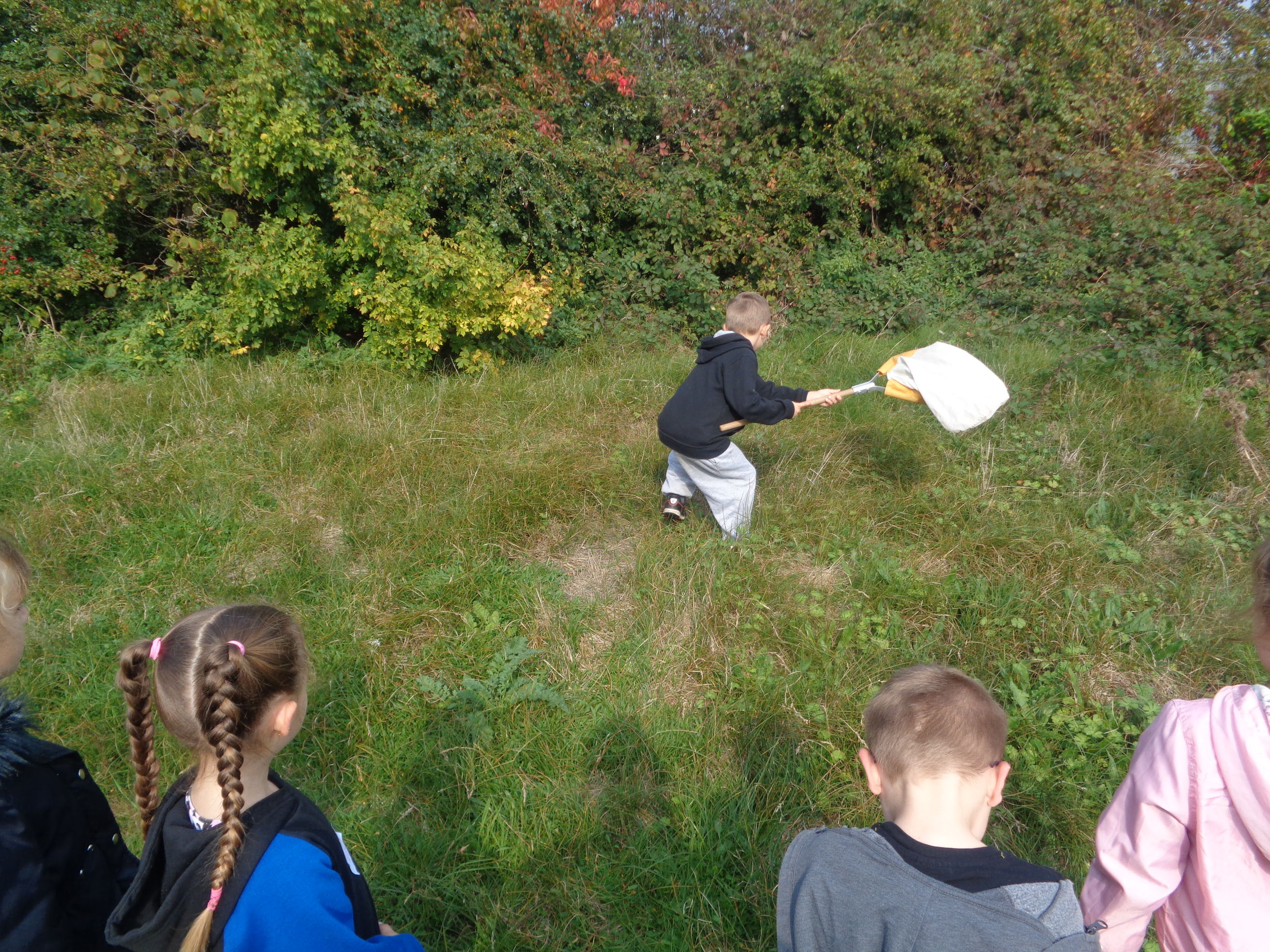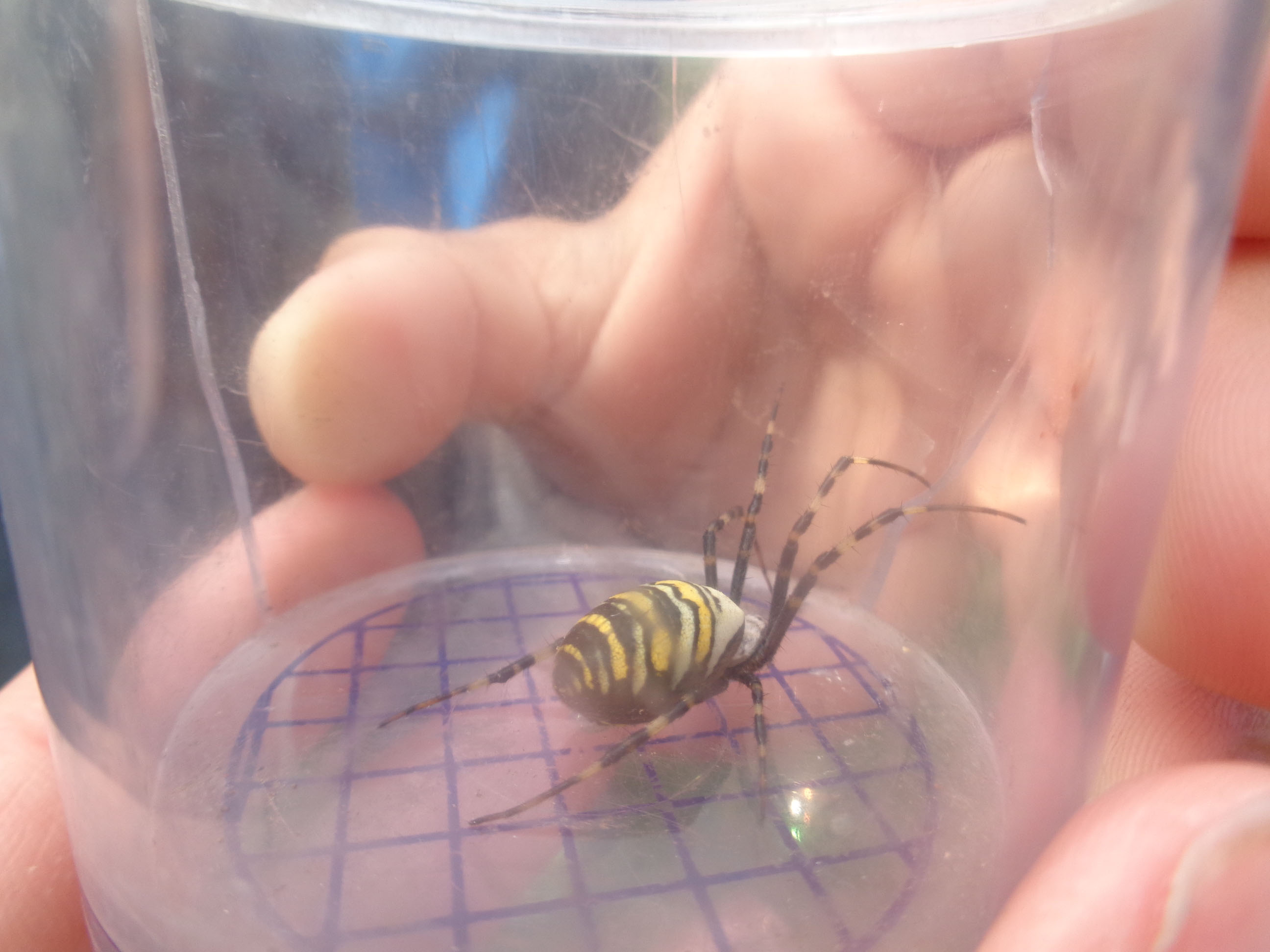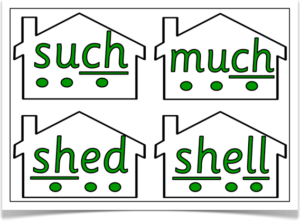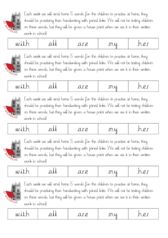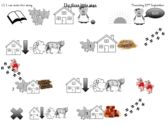Parents Guide to Phonics
https://www.readwithfonics.com/parents-phonics-guide
We teach phonics daily here at St Nicholas Academy, the children are split into groups to help support their learning.
Here is a guide to how phonics will help your child to read and spell.
Letters and Sounds is a fun and interactive way to support children in learning how to read and write. Initially, for the children to learn their sounds we use a programme called Jolly Phonics. Jolly Phonics represents each sound with an action helping children to remember both more easily. Which is why your child might do an action when they say a sound! – watch here for the actions to help at home…
What is a phoneme?
The alphabet contains only 26 letters. Spoken English uses about 44 sounds (phonemes). These phonemes are represented by letters (graphemes). In other words, a sound can be represented by a letter (e.g. ‘s’ or ‘h’) or a group of letters (e.g. ‘th’ or ‘ear’). It is the smallest unit of sound and a piece of terminology that children like to use and should be taught. At first it will equate with a letter sound but later on will include the digraphs. For example `rain’ has three phonemes, / r / ai / n.
What is a grapheme?
A grapheme is a letter or a number of letters that represent a sound (phoneme) in a word. Another way to explain it is to say that a grapheme is a letter or letters that spell a sound in a word. E.g. /ee/,/ ea/, /ey/ all make the same phoneme but are spelt differently.
What is a digraph?
This is when two or more letters come together to make a phoneme. /oa/ makes the sound in boat.
What is blending?
Blending is the process that is involved in bringing the sounds together to make a word or a syllable and is how /c/ /a/ /t/ becomes cat.
To learn to read well children must be able to smoothly blend sounds together. Blending sounds fluidly helps to improve fluency when reading. Blending is more difficult to do with longer words so learning how to blend accurately from an early age is imperative.
Showing your child how to blend is important. Model how to ‘push’ sounds smoothly together without stopping at each individual sound.
What is segmenting?
Segmenting is a skill used in spelling. In order to spell the word cat, it is necessary to segment the word into its constituent sounds; c-a-t.
Children often understand segmenting as ‘chopping’ a word. Before writing a word young children need time to think about it, say the word several times, ‘chop’ the word and then write it. Once children have written the same word several times they won’t need to use these four steps as frequently.
Children will enjoy spelling if it feels like fun and if they feel good about themselves as spellers. We need, therefore, to be playful and positive in our approach – noticing and praising what children can do as well as helping them to correct their mistakes.
What are tricky words?
Tricky words are words that cannot be ‘sounded-out’ but need to be learned by heart. They don’t fit into the usual spelling patterns. Examples of these words are attached under each phase. In order to read simple sentences, it is necessary for children to know some words that have unusual or untaught spellings. It should be noted that, when teaching these words, it is important to always start with sounds already known in the word, then focus on the ‘tricky’ part.
Useful website letters and sounds games:
We hope you have found this post useful and please ask your class teacher if you have further questions.

